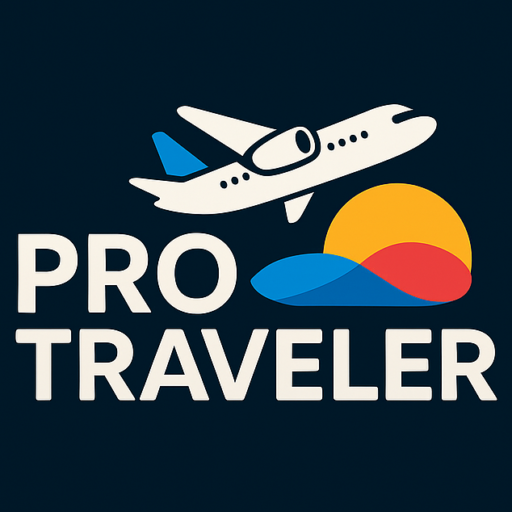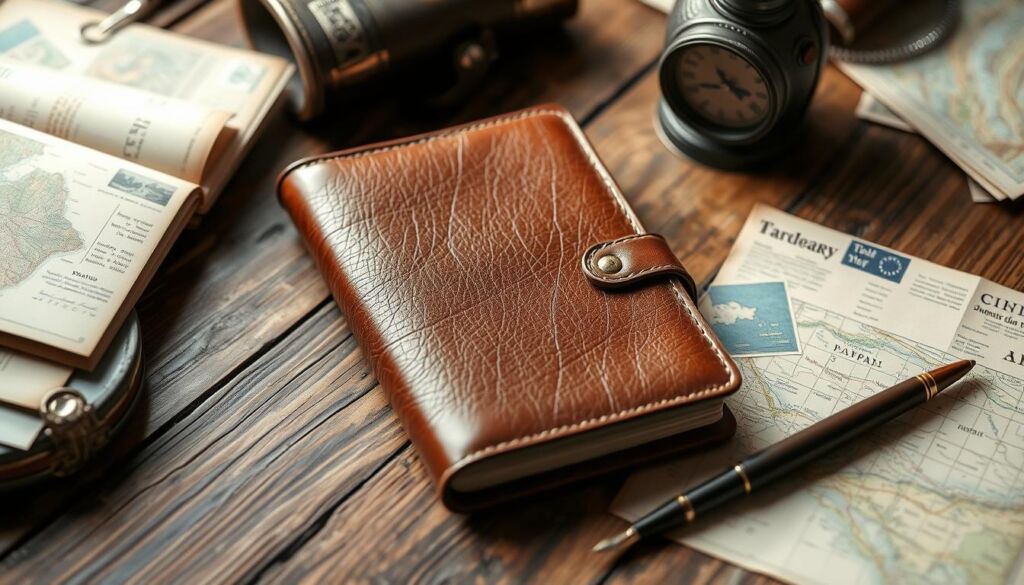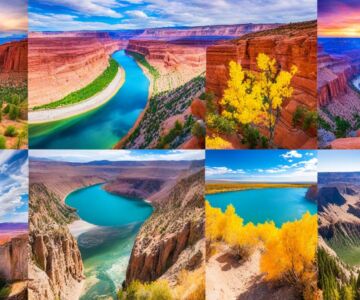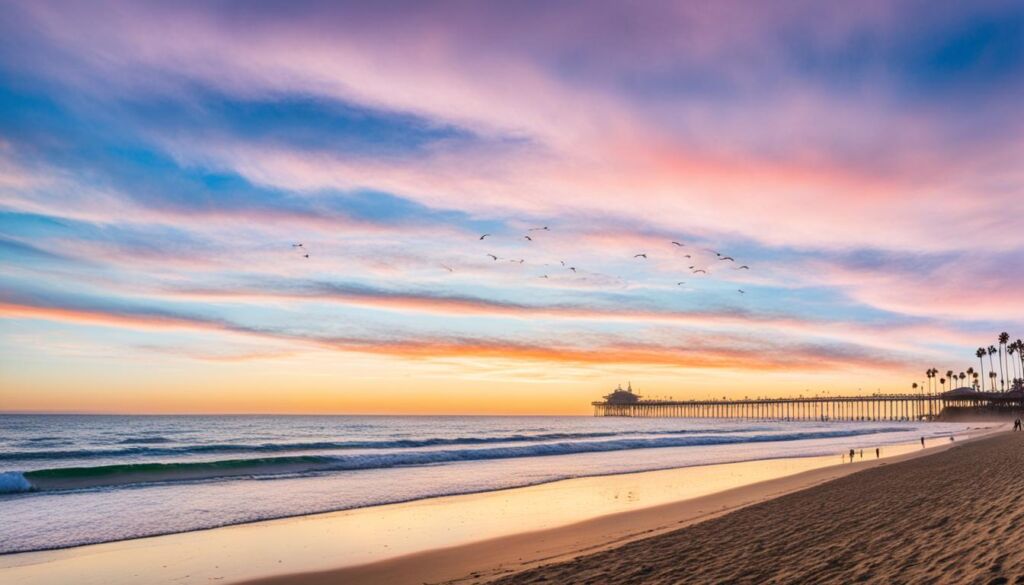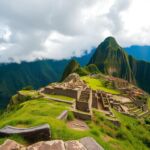Did you know 78% of travelers make a travel plan before their trip? The Travel Planning Association found that people spend about 3 hours planning for a week-long trip. Whether it’s a solo trip, a family vacation, or a budget-friendly road trip, making a good travel plan is key for a great journey.
In this guide, I’ll share my best tips for making a travel plan. It should be both structured and flexible, so you can enjoy every moment. We’ll talk about setting your travel goals, finding hidden spots, and diving into local culture. This guide will help you plan a trip that fits your interests and budget perfectly.
With 62% of travelers using online tools for planning, I’ll show you the top travel apps and websites. So, whether you like digital or physical planners, grab your favorite template and let’s start planning your dream trip!
Why You Need a Travel Itinerary
I’ve traveled to over 60 countries and many cities. I know how crucial a good travel itinerary is. It’s like a map for your adventures, helping you explore new places and use your time wisely. With a well-planned trip, you can dodge problems like missing flights and spending too much.
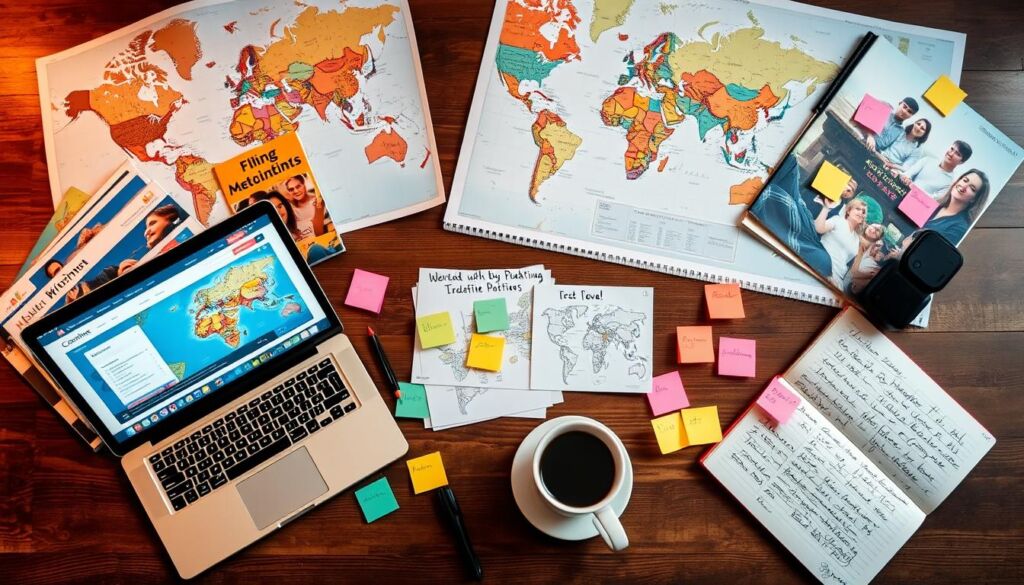
A survey found that 75% of travelers find a detailed itinerary helps them manage their time. It lists your places to go, things to do, where to stay, and how to get there. This keeps you organized and lets you enjoy your trip more. Also, those who plan their trips well are 50% less likely to be upset by surprises at their destinations.
Creating a travel itinerary doesn’t have to be hard. With the right tools and advice, anyone can plan a trip quickly. My service, for example, offers personalized plans based on my travel experience. This way, you save time, reduce stress, and get a trip that’s both structured and flexible.
Travelers who plan their trips well are 70% more excited about their trips. Knowing what to expect makes you look forward to your journey. So, whether you’re a seasoned traveler or new to exploring, making a detailed itinerary is key to a great trip.
Defining Your Travel Goals and Preferences
Planning the perfect trip starts with knowing what you want. A survey shows 78% of travelers find this step key. I think about what I want from my trip – adventure, relaxation, or cultural experiences.
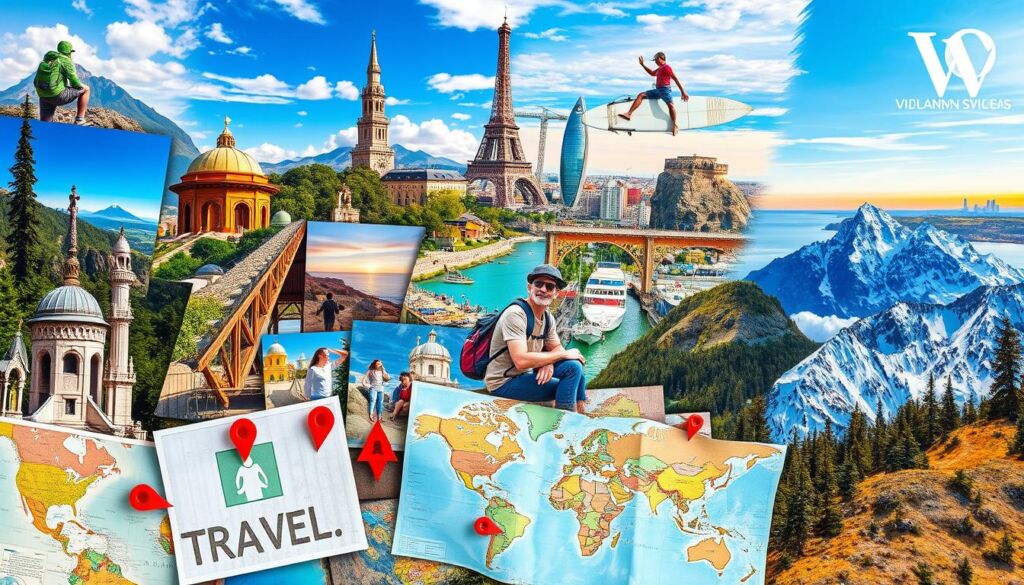
Then, I look at my budget and the best time to go. 63% of travelers aim to plan well within their budget. I plan my spending on travel, food, and activities to get the most value.
Doing research is also important. I learn about top sights, local events, and cultural norms. Knowing this helps me choose the best experiences for my trip. I also check visa needs and travel rules to avoid surprises.
Finally, I think about trip length, who I’m traveling with, and my food preferences. 92% of travelers like to group activities close together. This way, I can make a trip plan that fits me perfectly and makes my journey memorable.
Allocating Time for Each Destination
When planning my travel, I make sure to give each place enough time. This way, I can enjoy each spot without rushing. Doing my homework on destinations helps me know what to see and do, so I spend the right amount of time there.
I think of my trip like a city with different areas. This helps me plan better and avoid going back and forth. It also lets me dive into the local culture and find special places. But, I remember that the journey is just as important as the destination.
It’s easy to want to do too much, but I know it’s key to balance sightseeing with rest. Too much activity can make me tired and less happy. So, I include breaks in my plan, like relaxing at a café or exploring freely. These breaks make my trip more complete.
Using online tools helps me organize my trip perfectly. They let me make a plan that fits my style, so I can enjoy every moment. With good planning and research, my trip is both fun and relaxing, making every second count.
Discovering Hidden Gems and Unique Experiences
When planning my travel, I love to explore places that few people visit. A survey shows 72% of travel creators prefer these hidden spots. They offer real, deep experiences away from the usual tourist paths.
I find these gems through many sources. Local tips are key, with 67% of travelers finding great places through forums or local bloggers. I also check Instagram and Pinterest, as 58% do, for hidden spots using hashtags and keywords.
Niche travel guides help 49% of travelers find special attractions. Sites like Atlas Obscura list unique spots, not just tourist traps. Also, 53% of travel pros say tourism boards promote these hidden places, offering new adventures.
For a real dive into local culture, I choose guided tours. Withlocals connects me with local guides for personal tours. Free walking tours are perfect for solo travelers wanting to dive into different cultures. Volunteering on Workaway lets me help local communities and live with families, gaining unique insights.
Seeking out hidden gems and unique experiences makes my travel plans rich and meaningful. These adventures offer a break from the usual tourist spots. They also show respect for different cultures and traditions, making my travels more rewarding.
Choosing Transportation and Accommodation Options
When planning your trip, picking the right transportation and places to stay is key. These choices affect your comfort, budget, and overall experience. Look into different ways to travel, like flying, taking the train, or renting a car. Compare prices early to find the best deals that match your travel style.
Think about how far apart your destinations are when choosing how to get there. If driving in a new country feels daunting, use public transport or join a guided tour. This way, you can enjoy the local culture without the stress of finding your way.
For places to stay, look at various options that fit your budget and comfort level. Hotels, hostels, homestays, and vacation rentals offer different experiences and prices. Read reviews and compare costs to find the perfect spot for you. Also, consider where your accommodation is in relation to your destinations to save on travel costs.
For a unique and budget-friendly stay, try Couchsurfing. It lets you stay with locals for free. This not only saves money but also lets you dive into the local culture, meet new people, and get insider tips on your destination.
By carefully choosing your travel and stay options, you can make a trip that’s both comfortable and affordable. Spend time researching and comparing to make sure your choices fit your travel goals and preferences.
How to Create a Travel Itinerary That Balances Structure and Flexibility
A flexible travel plan is key for a great trip. A good plan gives you a base, but don’t forget to leave room for surprises. Enjoy the unplanned moments and adventures that come your way.
To find the right mix, leave some days open for new things. This way, you can change plans if needed, like if the weather is bad. Having backup plans, like different places to visit, helps you handle any issues.
Angela Becker from Quora suggests using travel software. It helps you plan while still keeping room for spontaneity. This way, you have a plan but can change it when you feel like it.
Remember, your itinerary is just a guide. Travel is all about being flexible and open to new experiences. It’s your chance to make memories and enjoy every second of your trip.
Organizing Your Itinerary for Maximum Efficiency
Having a well-organized travel itinerary is key for a smooth trip. For my recent trip to Belgium, I planned it just four days before leaving. I usually plan early, but this time, I was too tired.
To plan efficiently, I follow tourism accounts and read travel blogs. Google Maps helps me mark places to visit. I use color-coded flags to keep track of visited and to-visit sites. This way, I can plan my days better by grouping sites by location.
I spent 60% of my time in Brussels and 40% in Ghent. I stayed in the Old Town areas to explore easily. Choosing places near transportation hubs was also important for me.
I use travel apps like TripCase and Kayak to organize my trip. These apps help with tracking receipts and flight issues. Lambus is great for group travel, offering expense tracking and offline access.
It’s important to balance sightseeing with rest to avoid getting tired. Make sure to include downtime in your plans. Also, print a hard copy of your itinerary for easy reference and to mark off activities.
Finally, share your itinerary with your travel buddies before and during the trip. This ensures everyone knows what’s happening. By following these tips and using helpful tools, you can make your trip memorable and stress-free.
Immersing Yourself in Local Culture and Cuisine
When planning your trip, make sure to include time for cultural experiences and trying local foods. A survey shows 75% of travelers believe local food is key to feeling the culture. I always visit local markets, try authentic dishes, attend cultural events, and talk to locals to truly appreciate the place.
Learning a few words in the local language can also enhance your experience. About 63% of travelers know a few words in the local tongue. Trying to communicate with locals, even if you’re not fluent, can lead to meaningful interactions. Don’t hesitate to talk to residents for insider tips on hidden gems.
Choosing a family-run bed and breakfast or homestay can give you a peek into local life. Many say staying with a local family is a transformative experience. By diving into the local culture and cuisine, you’ll make unforgettable memories and understand the destination better.
Cultural immersion is more than just trying new foods and learning phrases. Exploring the area, using public transport, engaging with the arts, and even working or volunteering abroad can deepen your experience. Be open to stepping out of your comfort zone to find the true essence of your destination.

